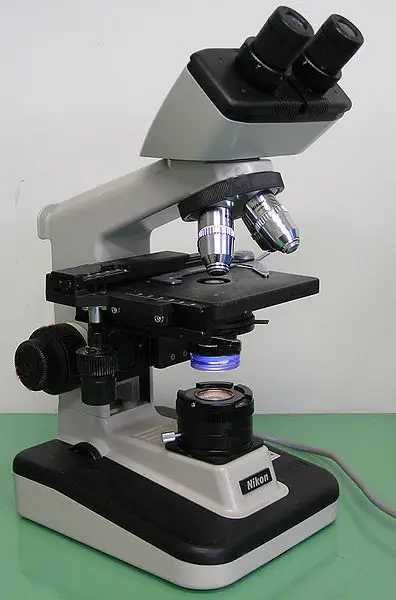Buyer's Guide: Microscope Versatility
- Factors To Consider -
Many understandably reach out to MicroscopeMaster because they, as hobbyists, would like to buy their first microscope in the near future but are unsure of which to buy. They don’t understand enough about microscopes and the choices available as there is a wide range to choose from.
Customers may understand the types of images that are produced through the various imaging techniques such as phase contrast, epi-fluorescence and DIC but are wondering about the ease of conversion from one technique to the next through the use of filters and accessories.
Classification
Here at MicroscopeMaster we want to emphasize that choosing a microscope depends on what you are aiming to observe. For instance, rocks, gems and opaque materials require an epi-illumination microscope. In contrast, bright field microscopy is that standard for viewing most biological materials so that would include DIC, phase contrast and fluorescence. Considering this, microscopes are commonly classified as "biological" or "geological".
Stereo Microscope
For a person wanting to observe semi-micro specimens, be it biological (insects, larvae, fish, tissues, pond critters, plant cells, outlines of bacteria etc.) or inorganic (gems, coins, animal skeletons and shells, computer chips and electronic parts, etc.), a stereo microscope would be a great alternative.
Stereo microscope observation is low magnification and is usually done without any previous preparation directly on the just acquired specimen, in contrast to a compound light microscope. The same stereo microscope may be used with most kinds of illumination: epi, lateral (oblique), transillumination, fluorescence and darkfield.
 Nikon Alphaphot at By Moisey - CC BY-SA 3.0, https://commons.wikimedia.org/w/index.php?curid=7011479
Nikon Alphaphot at By Moisey - CC BY-SA 3.0, https://commons.wikimedia.org/w/index.php?curid=7011479
Ebay
You do need a transmitted light (biological) microscope for most biological specimen. Specifically, light does not transmit through a rock or electronic part. Moreover, the location of the light depends on the subject.
Keep in mind that buying your first microscope, in the course of your hobby, does not have to be a long drawn out decision. You can purchase a good, serviceable biological compound microscope for around $200.
A good used microscope off of Ebay for example will normally sell for what you initially paid for it.
The biggest part of your microscopy hobby is specimen preparation. This requires the means to prepare a specimen, like cutting microscopically thin slices and using stains etc. Before you go on to more advanced techniques in microscopy like phase contrast and fluorescence, you will want to have sufficient practice in the basic techniques.
A MicroscopeMaster reader wrote:
“I taught a high school biology class last year. We had students make histograms of how many onion cells were in different stages of mitosis. We could see the cells dividing and the chromosomes aligned in the median plate all for microscopes most people on the list would call "total cheap junk". My $180 used American Optical scope was in a class above what the school lab used but the school lab scopes did the job.”
Amazon
If you are unsure about shopping from Ebay, then be sure to check out the Amscope and the Omax brands of microscopes.
Great for beginners, well worth the money, sturdy and reliable. Available at Amazon.com.
More on Choosing a Microscope here.
Check out MicroscopeMaster’s online help:
Basics of a Compound Microscope
Diagram/Parts/Functions of a Compound Microscope
Beginner Microscope Experiments
Microscope Slides Preparations-Styles and Techniques
Prepared Microscope Slides - Benefits and Recommendations
MicroscopeMaster reviews Omax here
MicroscopeMaster Reviews Amscope here
Return to MicroscopeMaster Home
Find out how to advertise on MicroscopeMaster!




